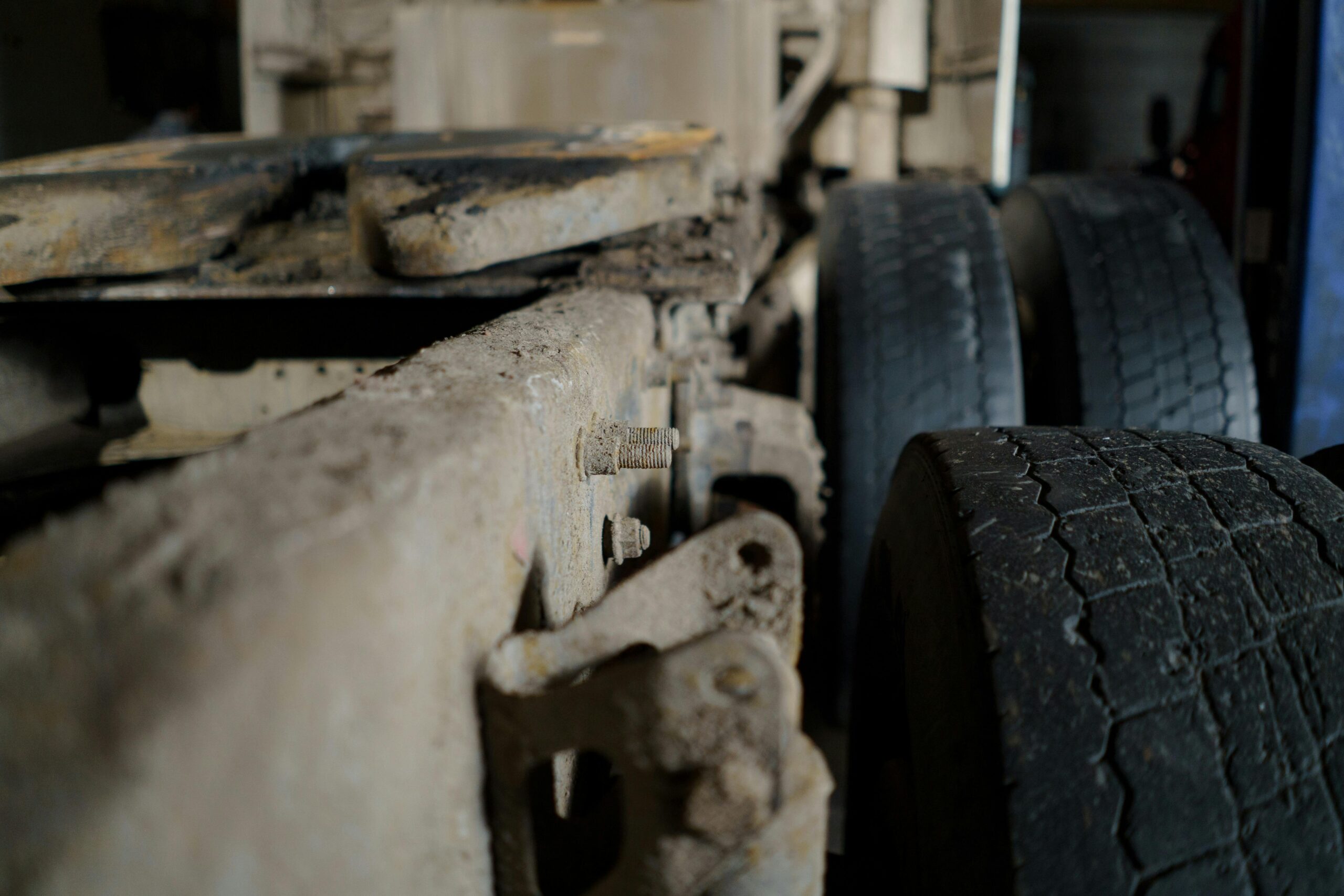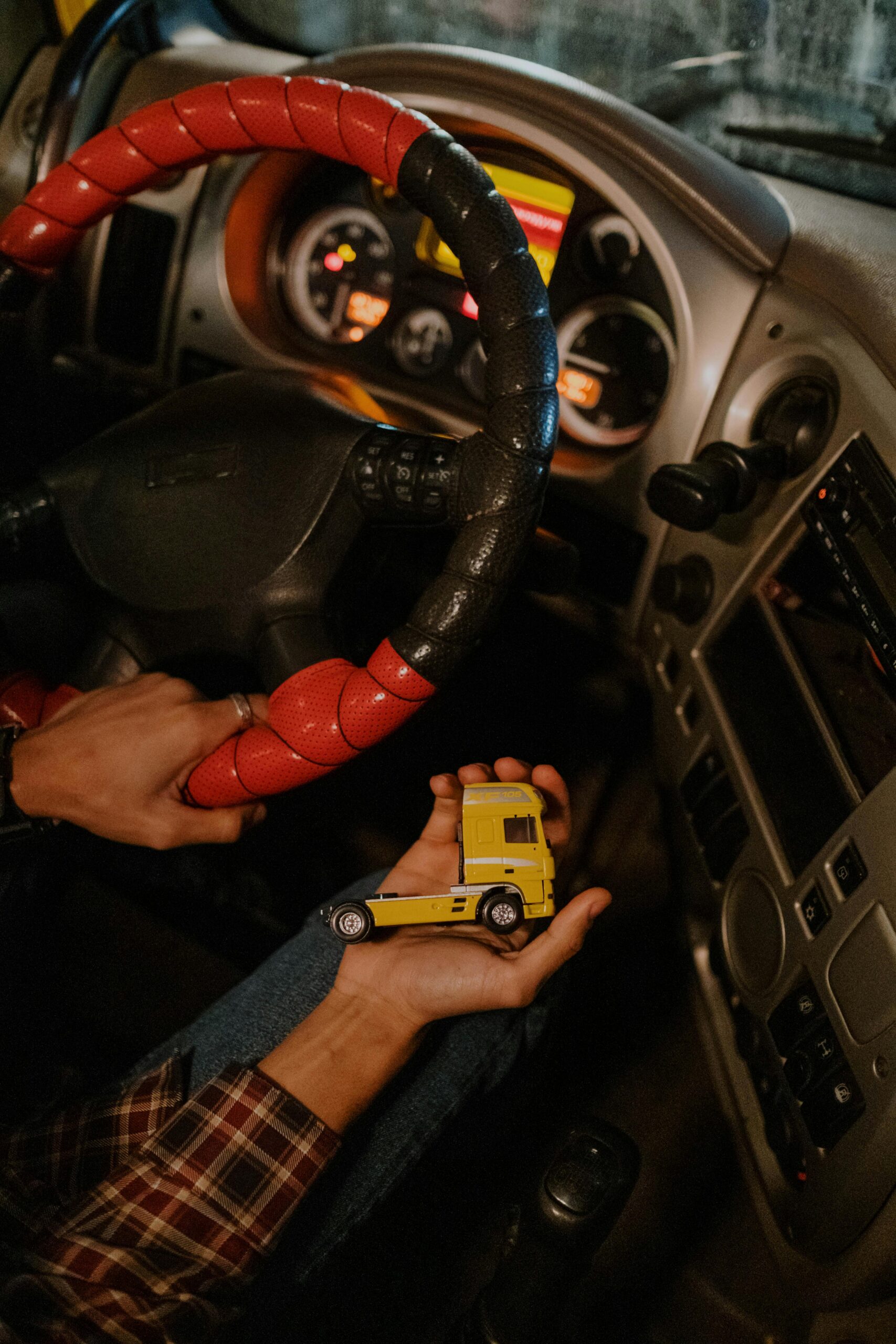For commercial drivers, safety and compliance are top priorities. Performing a thorough daily truck inspection isn’t just a best practice—it’s a DOT requirement that helps prevent accidents, delays, and costly breakdowns. This guide provides a comprehensive checklist CDL drivers can use daily to ensure their vehicles are road-ready and fully compliant. By taking just 15–30 minutes each day, drivers can reduce risks, extend equipment life, and ensure they’re meeting all legal obligations. If you’re new to commercial driving and still working on your certification, check out our guide on how to get your AZ license in Ontario to start your journey the right way.
Importance of Daily Truck Inspections
Ensuring Safety on the Road
Regular inspections help identify potential hazards before they become dangerous. Faulty brakes, underinflated tires, or broken lights can put the driver and others at serious risk. By catching issues early, drivers reduce the chance of accidents and maintain safer driving conditions. Safety isn’t just about personal well-being—it’s also about protecting cargo, company reputation, and the lives of others on the road.
Compliance with Regulations
The Federal Motor Carrier Safety Administration (FMCSA) mandates daily vehicle inspections for all commercial drivers. A well-documented pre-trip and post-trip inspection can help avoid costly fines, failed DOT audits, or out-of-service violations. Failing to comply can also lead to points on a driver’s CSA (Compliance, Safety, Accountability) score, which may affect employment opportunities or insurance premiums.
Preventing Mechanical Failures
Mechanical issues like engine trouble or brake failure often result from undetected wear and tear. A consistent inspection routine minimizes breakdowns and ensures the longevity of your truck’s critical systems. Preventive maintenance starts with daily checks that can reveal minor issues before they turn into major repairs, saving thousands in downtime and emergency fixes.
Components of a Daily Truck Inspection
Exterior Inspection
Start by walking around the truck and trailer. Look for visible damage, loose parts, or anything that seems out of place. Check mirrors, windows, doors, reflectors, and license plates. Ensure the fuel cap is secure and that mud flaps and trailer connections are intact. Don’t forget to check under the vehicle for any fluid leaks.
Interior Inspection
Inside the cab, examine seat belts, dashboard indicators, horn, heater, defroster, wipers, and emergency equipment (fire extinguisher, triangles, first aid kit). Make sure everything is clean, functional, and accessible. Clean mirrors and windows are also essential for maximum visibility and safe operation.
Engine Compartment Inspection
With the hood up, inspect the engine oil, coolant, power steering fluid, belts, and hoses. Look for leaks, cracks, or signs of corrosion. Ensure battery terminals are clean and connections are tight. Also, verify that fluid levels are within acceptable ranges and that there are no loose components.
Brakes and Suspension
Check both the service and emergency brake systems. Look for air leaks, worn brake pads, and properly functioning slack adjusters. Examine suspension components for damage, missing bolts, or worn-out bushings. Air lines should be secure and free from abrasion.
Tires and Wheels
Inspect tire pressure, tread depth, and signs of uneven wear. Look for embedded objects or sidewall damage. Ensure lug nuts are secure and wheels are free from cracks or damage. Improper tire inflation is a leading cause of blowouts and poor fuel efficiency.
Lights and Electrical Systems
Confirm that headlights, brake lights, turn signals, hazard lights, and reflectors are working properly. Test your trailer’s electrical connection and ensure no wires are frayed or exposed. Functioning lights are critical for visibility, especially during night driving or poor weather.
Step-by-Step Daily Truck Inspection Checklist
Pre-Trip Inspection
Before hitting the road:
- Walk around the truck and trailer
- Check fluid levels (oil, coolant, windshield washer)
- Inspect tires, lights, and brakes
- Test horn, mirrors, and steering
- Review previous inspection reports and ensure all issues were addressed
Starting your day with a solid pre-trip inspection sets the tone for a safer and more reliable journey.
During Trip Inspection
While en route:
- Monitor dash gauges for unusual readings
- Be alert for strange noises, vibrations, or performance changes
- Conduct a quick walk-around during stops to recheck tires and load security
These checks can prevent delays and help detect changes before they become problems.
Post-Trip Inspection
At the end of the shift:
- Re-inspect brakes, tires, and lights
- Note any issues that occurred during the trip
- Document and report problems for repair before the next haul
Post-trip inspections are just as important, as they provide a clear record of a vehicle’s condition at the end of use.
Tips for Effective Truck Inspections
Using a Standardized Checklist
Use a printed or digital checklist to ensure consistency and completeness. This helps avoid overlooking critical components and speeds up the inspection process. Many trucking companies provide DVIR (Driver Vehicle Inspection Report) forms to streamline this task.
Documenting Findings
Always document any issues found, even minor ones. Accurate records not only support compliance but also provide a maintenance history that can prevent recurring problems. If your truck is ever inspected roadside or during an audit, good documentation can protect both the driver and the company.
Reporting Issues Promptly
If any defects are found, report them immediately to your maintenance department or supervisor. Timely repairs reduce downtime and enhance safety for the next trip. Delaying repairs can lead to expensive breakdowns or unsafe driving conditions.
Conclusion
A thorough daily truck inspection is essential for staying safe, staying compliant, and avoiding costly repairs. CDL drivers who take this process seriously are not only protecting themselves but also helping to keep America’s roads safer for everyone. Make inspections a non-negotiable part of your routine—and encourage your peers to do the same.
Additional Resources
- FMCSA Vehicle Inspection Requirements
- Sample Driver Vehicle Inspection Report (DVIR)
- Commercial Vehicle Safety Alliance (CVSA)




Pingback: Trucking Hours of Service in Canada